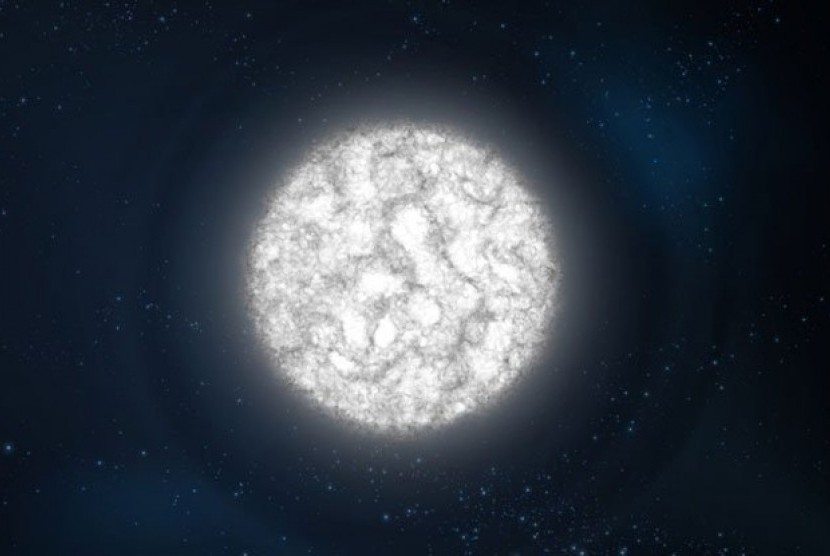The white dwarf star G238-44 feeds on the surrounding rocky material and ice.
REPUBLIKA.CO.ID, JAKARTA — When a star runs out of fuel and reaches the end of its life, a large star explodes in a massive supernova. However, smaller stars undergo a different change in which they throw off some of their mass, creating planetary nebulae around them and leaving small, dense cores called white dwarfs.
Like most stars, our sun, which will eventually become a white dwarf, shines with residual heat but no longer produces energy through fusion.
Reported from Digital Trends, Sunday (19/6/2022), although no longer active in terms of fusion, the white dwarf is still a formidable star. Because, the remnants of the star collapse into a small core, it is very dense, and the gravity of this core can wreak havoc on surrounding objects. Recently, the Hubble Space Telescope uncovered a case of cosmic cannibalism, with white dwarf star feed on rocky material and ice from the surrounding environment.
The white dwarf, called G238-44, was the first to be observed accreting metallic rocky material and icy material, which is important because these are key components from which planets form. Therefore, studying these white dwarfs can help researchers to learn about how planetary systems form.
Scientists know that when stars expand into red giants before losing mass and becoming white dwarfs, they dramatically impact any planets around them. Because the white dwarfs studied by Hubble attract material associated with planet formation, including elements such as nitrogen, oxygen, magnesium, silicon and iron, the researchers were able to observe the mixture of elements that would have entered the planet when they first formed.
In addition, the fact that white dwarfs attract icy bodies suggests that comets may be common in planetary systems, which supports the theory that water could have been brought to early Earth by comets or asteroids.
“Life as we know it requires a rocky planet covered with elements such as carbon, nitrogen and oxygen,” said one of the researchers, Benjamin Zuckerman, in a statement.
“The abundance of elements we see in these white dwarfs appears to require a parent body that is rocky and rich in volatiles—the first example we found among studies of hundreds of white dwarfs,” he said.
–
–


